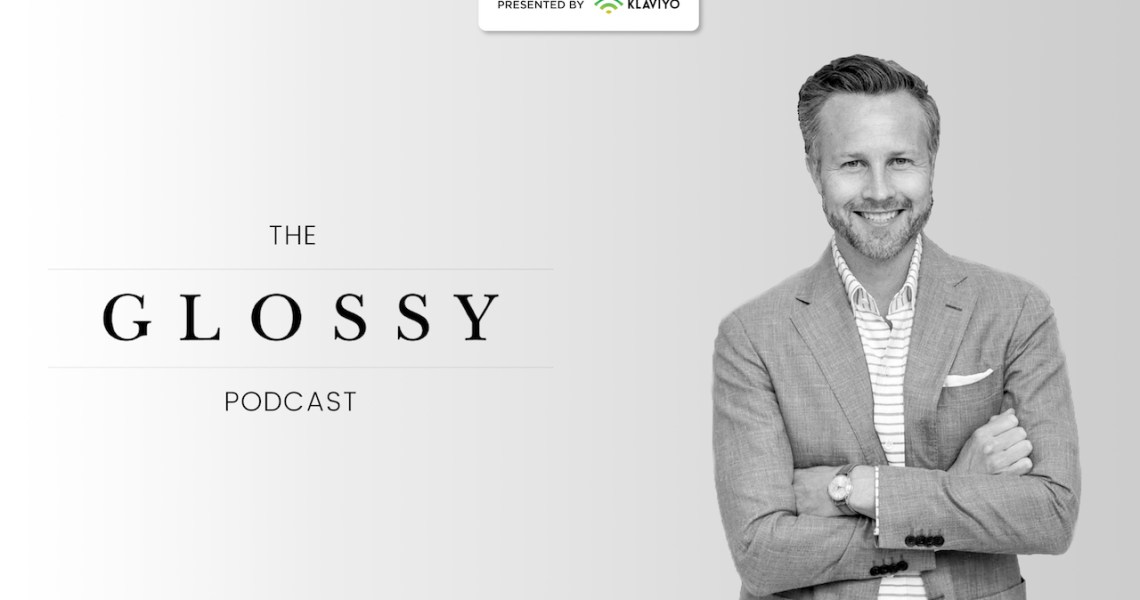With the recession in full swing, 2009 was a tough year to start a luxury brand, as Ledbury CEO and co-founder Paul Trible knows.
But Ledbury bet on luxury, at a price range that invited both younger customers to step up their wardrobe, and older ones to save money, compared to what they were buying. “That’s anywhere between $125 to $185,” Trible said on the Glossy Podcast. “It’s still expensive for folks, but what we saw very early on is we were pulling people down from Canali and Zegna and Eton, people who were spending usually $250 or $300 a shirt.”
Direct-to-consumer makes up 70% of Ledbury’s sales, Trible said, with another 20% coming from wholesale. Brick-and-mortar stores — of which the company has three — fill in the rest of the revenue pie.
On this week’s Glossy Podcast, Trible spoke about quality manufacturing, a unique revenue-sharing model Ledbury started with its retailers and fact that the second button is what makes or breaks a shirt, just like Jerry Seinfeld said.
Here are a few highlights from the conversation, lightly edited for clarity.
Two customer bases for one category
“We have two different customer bases. One is your classic guy [who wears] the dress shirt to work: the white, the blues, the stripes. And then we have more of your fashion-forward, perhaps younger customer: denims, flannels, indigo weaves, things along those lines. Those two hopefully end up cross-pollinating. For the more conservative customer, their wife says, ‘Please get a plaid, get something else in your closet.’ And then the younger customer, or the more casual customer, is going to a wedding or a job interview, and he needs something.”
A happy medium
“We wanted to make the very best product we possibly could. That started with inputs, it started with Italian fabrics, using mother-of-pearl buttons — and really boring, shirt-y stuff like sewing over 20 stitches per inch, and really giving what was a luxury product to our customers. But we were doing it at what we thought was a reasonable price. The majority of our collection is around $135 at this point.”
Ad position: web_incontent_pos1
One not-so-ruthless business practice
“About two years ago, we came out with a program called Ledbury Share, where we actually credit some of our wholesale partners with revenue from sales that are made in the area surrounding their stores. I think that’s important, because it includes those partners who are really helping you build exposure and find customers, and gives them a little bit of the pie. And for us, frankly, it doesn’t matter if they shop with us — even though the margin’s a little bit higher. If they want to continue to buy with that retailer, we love it.”




